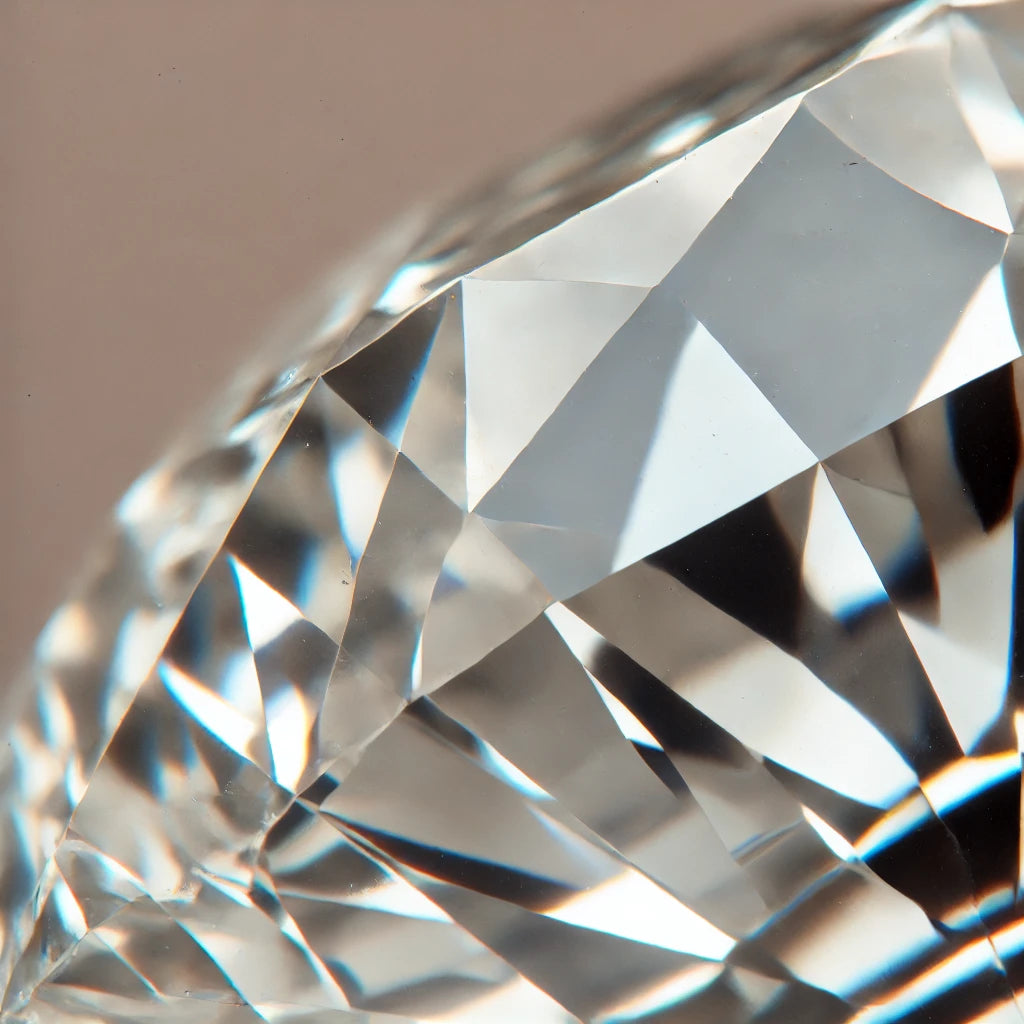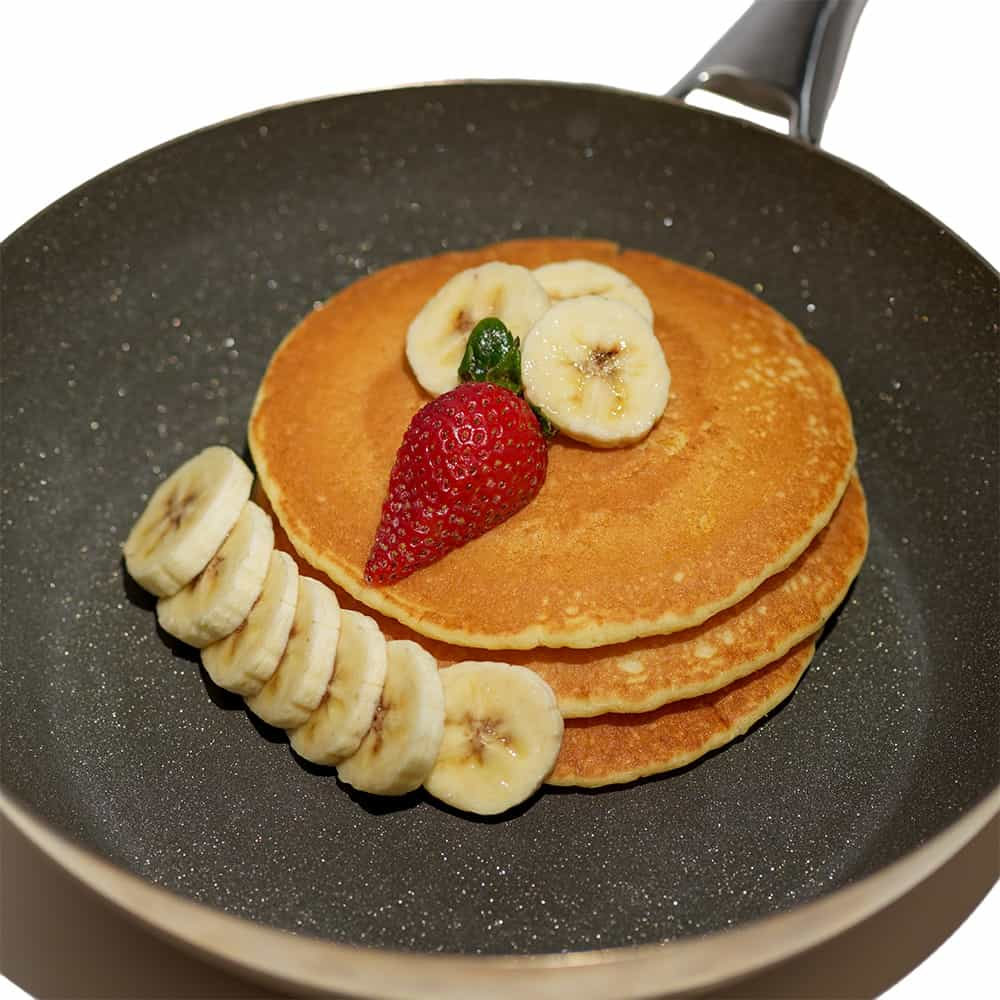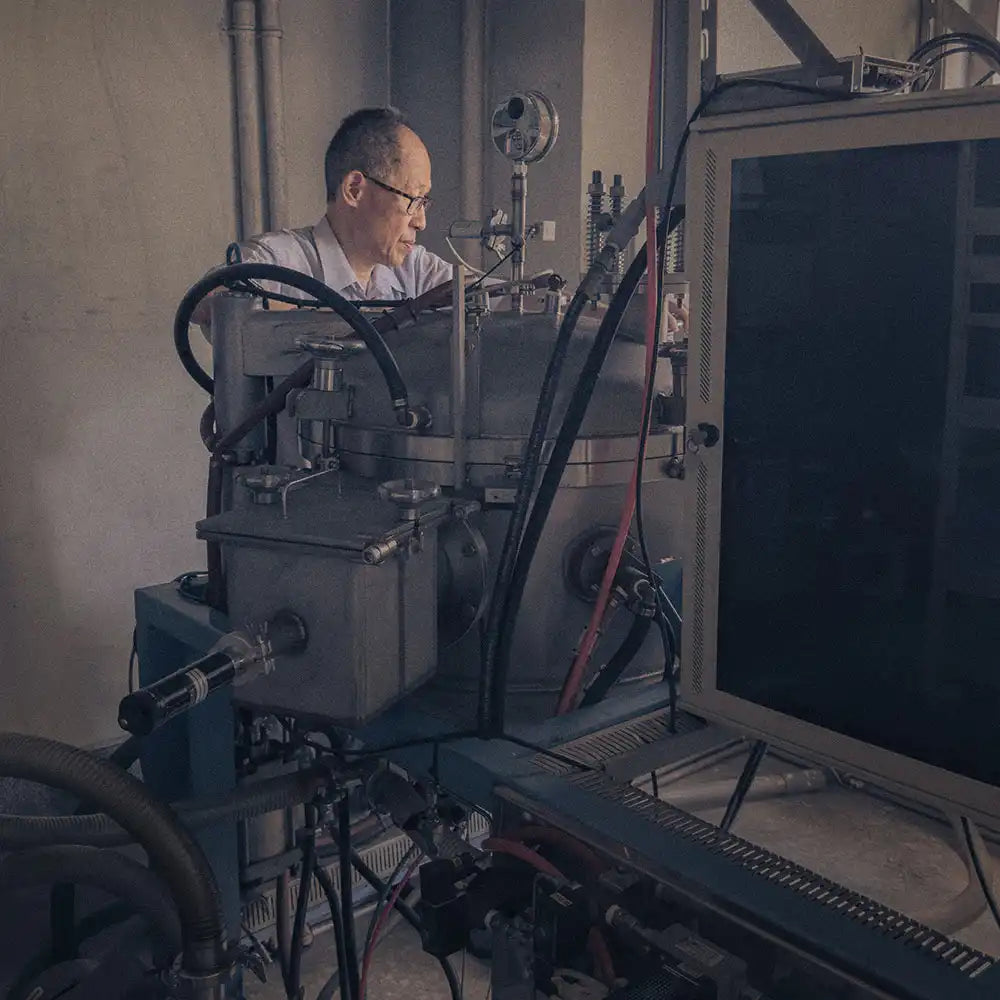Article: Why Diamonds Are Naturally Nonstick?

Why Diamonds Are Naturally Nonstick?

When you think of a nonstick surface, diamond probably doesn’t come to mind. Usually, we think of special coatings or well-seasoned pans. Yet diamond—yes, the same material used in jewelry—is incredibly effective at preventing food (and other substances) from sticking. How is that possible?
It all comes down to how diamond’s surface is built at the smallest level and how it interacts (or rather, doesn’t interact) with other substances, including water, oils, and the natural moisture in foods.
Key Reasons Diamond Is Nonstick
- A Super-Smooth Surface: Diamond’s tightly packed carbon atoms create a surface with far fewer microscopic “nooks and crannies,” reducing points of adhesion[1,2,7].
- Water-Repelling (Hydrophobic) Nature: Its low surface energy means water and other liquids bead up and roll off instead of spreading and sticking[3,4,7].
- Chemical Inertness: Diamond doesn’t easily react with cooking oils or fats, preventing the formation of stubborn burnt residues that promote stickiness[5].
Diamond’s Ultra-Smooth Structure

At a microscopic level, many surfaces appear smooth to the eye but have tiny cracks, pores, or bumps. These micro-imperfections give food particles a foothold. Diamond’s carbon lattice, however, creates an exceptionally even surface, making it more difficult for food to latch onto and stick[1,2].
From Low Surface Energy to Hydrophobic: Why Water Rolls Off
When a surface doesn’t attract other substances, we say it has “low surface energy.” Picture how rain beads on a freshly waxed car—the water droplets don’t spread out, they form beads and roll away. Diamond’s surface works similarly[3]. Since liquids and moisture from foods can’t spread and anchor themselves, they remain in droplet form and are easily wiped or rinsed away[4,7].
Chemical Inertness: No Reactive Stickiness

On many cooking surfaces, oils and fats can break down at high temperatures, bonding with the surface and creating sticky, burnt-on layers. Diamond’s chemical inertness means it resists these reactions[5,6,7]. It stays stable and unchanged, even under high heat, ensuring that the surface remains naturally nonstick without the buildup of residue.
Easier Cooking, Simpler Cleanup
All these properties—smoothness, low surface energy, and chemical inertness—translate into a better cooking experience. Food slides off more easily, and cleanup is much simpler. You spend less time scrubbing and more time enjoying your meal.
References
- Michalski M, Desobry S, Hardy J (1997) Food materials adhesion: a review. Crit Rev Food Sci Nutr 37:591–619.
- Ramiasa M, Ralston J, Fetzer R, Sedev R (2014) The influence of topography on dynamic wetting. Adv Colloid Interface Sci 206:275–293.
- Liu X, Wang L, Qiao Y et al (2018) Adhesion of liquid food to packaging surfaces: mechanisms, test methods, influencing factors and anti-adhesion methods. J Food Eng 228:102–117.
- Zore A, Bezek K, Jevšnik M et al (2020) Bacterial adhesion rate on food grade ceramics and Teflon as kitchen worktop surfaces. Int J Food Microbiol 332:108764.
- Bhandari BR (2007) Stickiness and caking in food preservation. In: Rahman MS (ed) Handbook of Food Preservation. CRC Press, Second Edition, pp 387–401.
- diamondPans, the true diamond cookware
- Why Diamond’s Nonstick Properties Aren’t Due to Hardness or Heat Conduction


